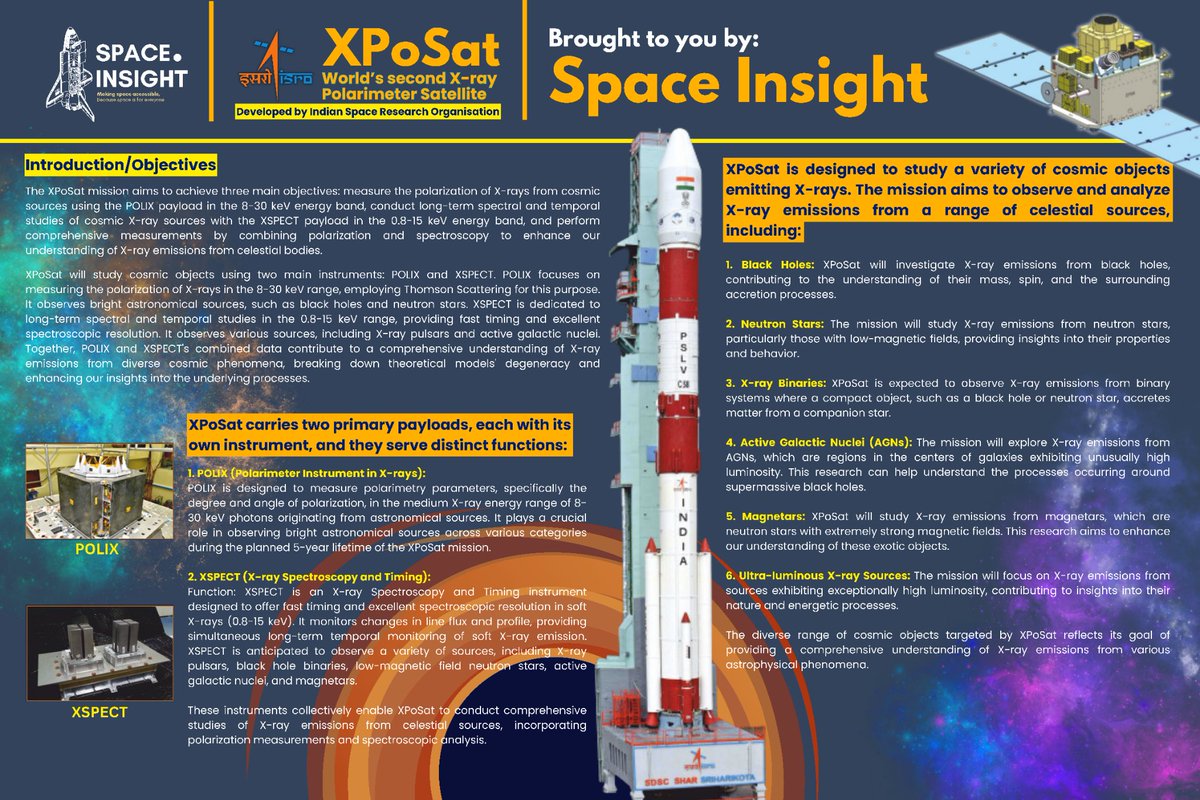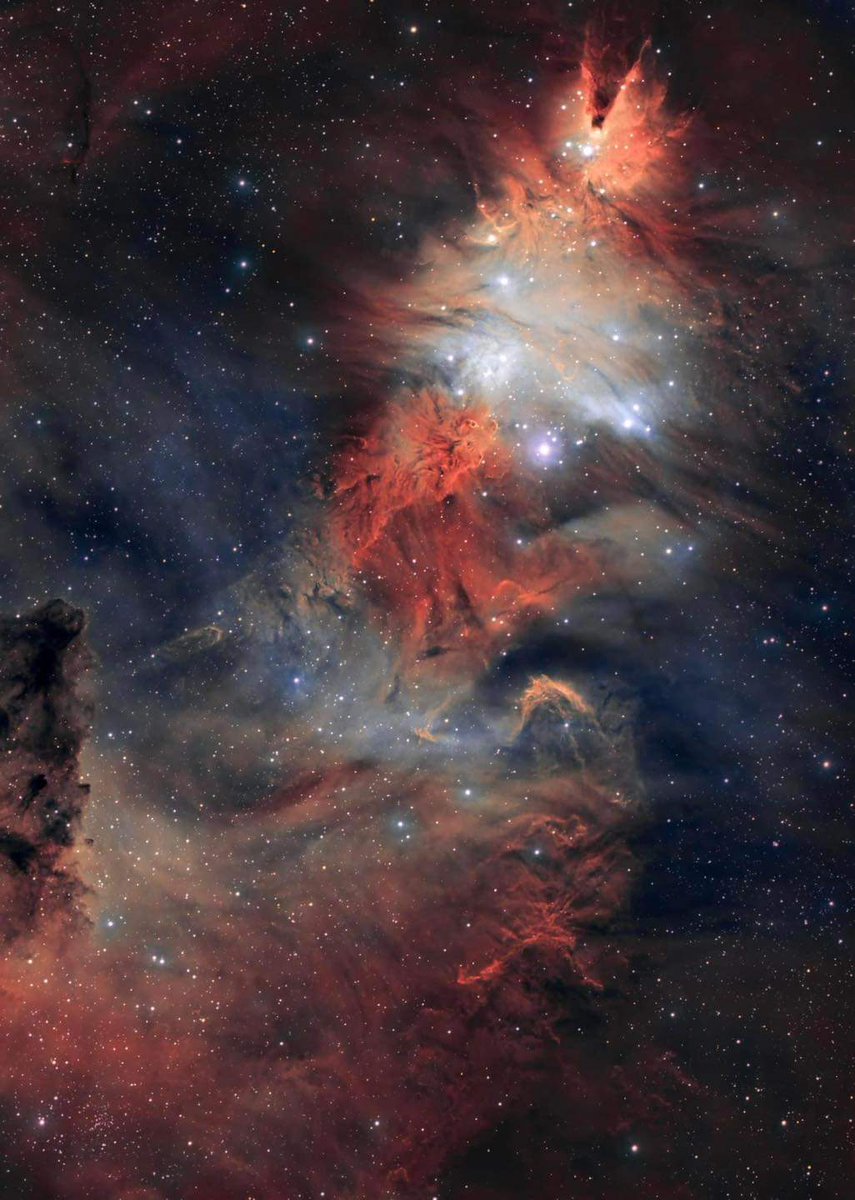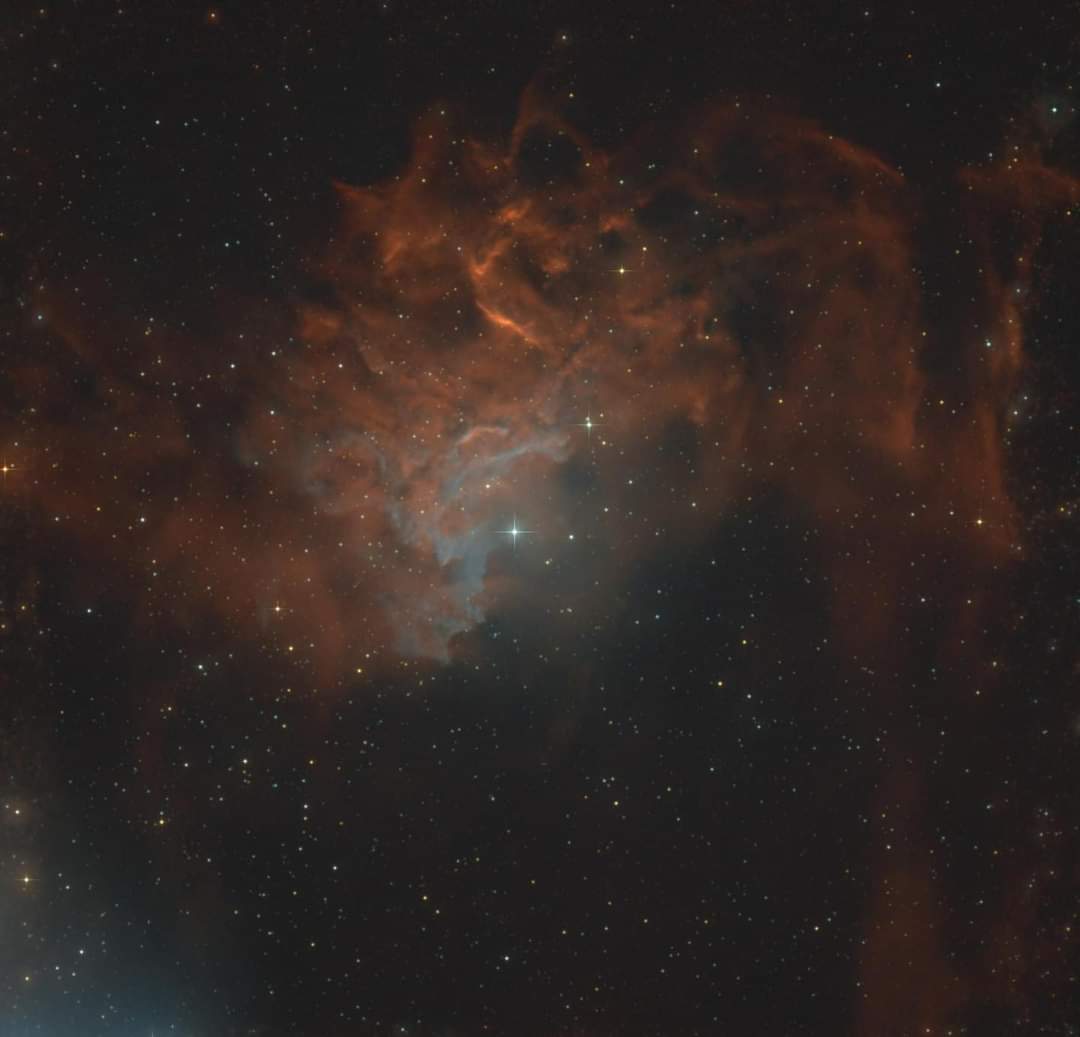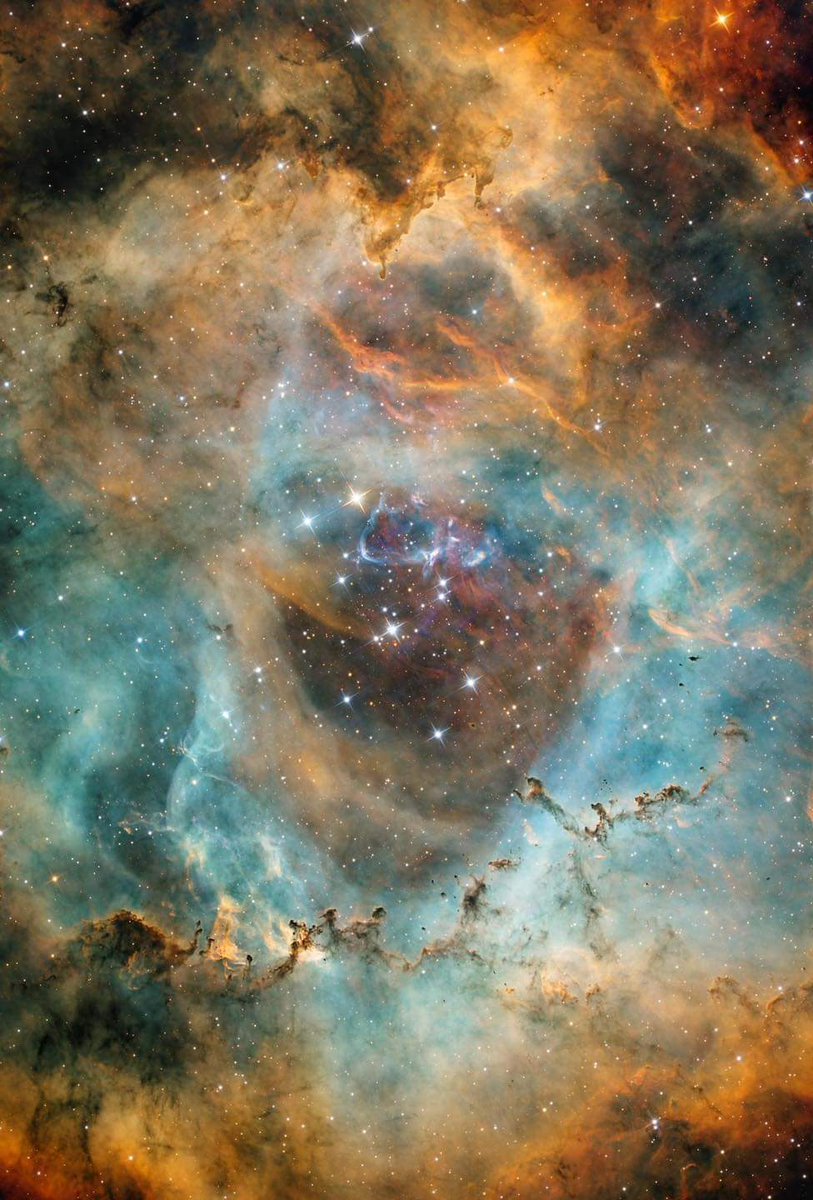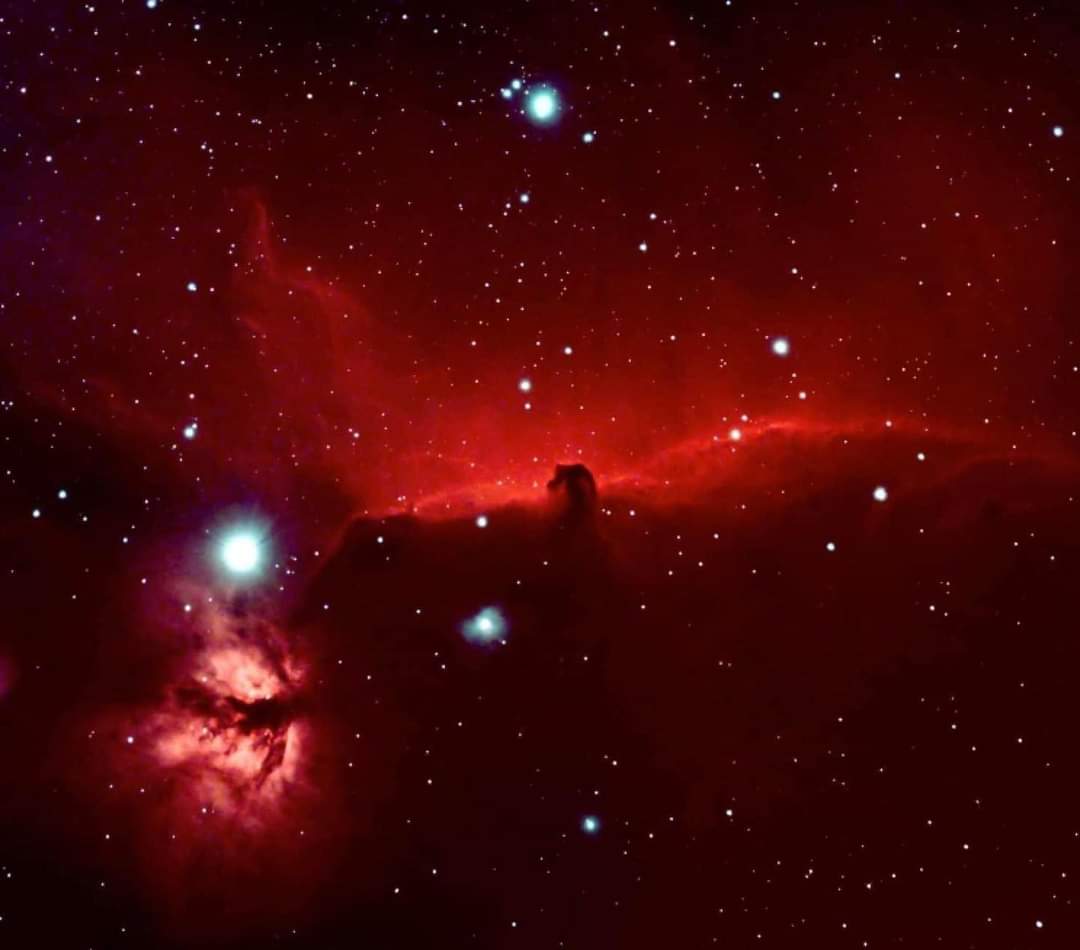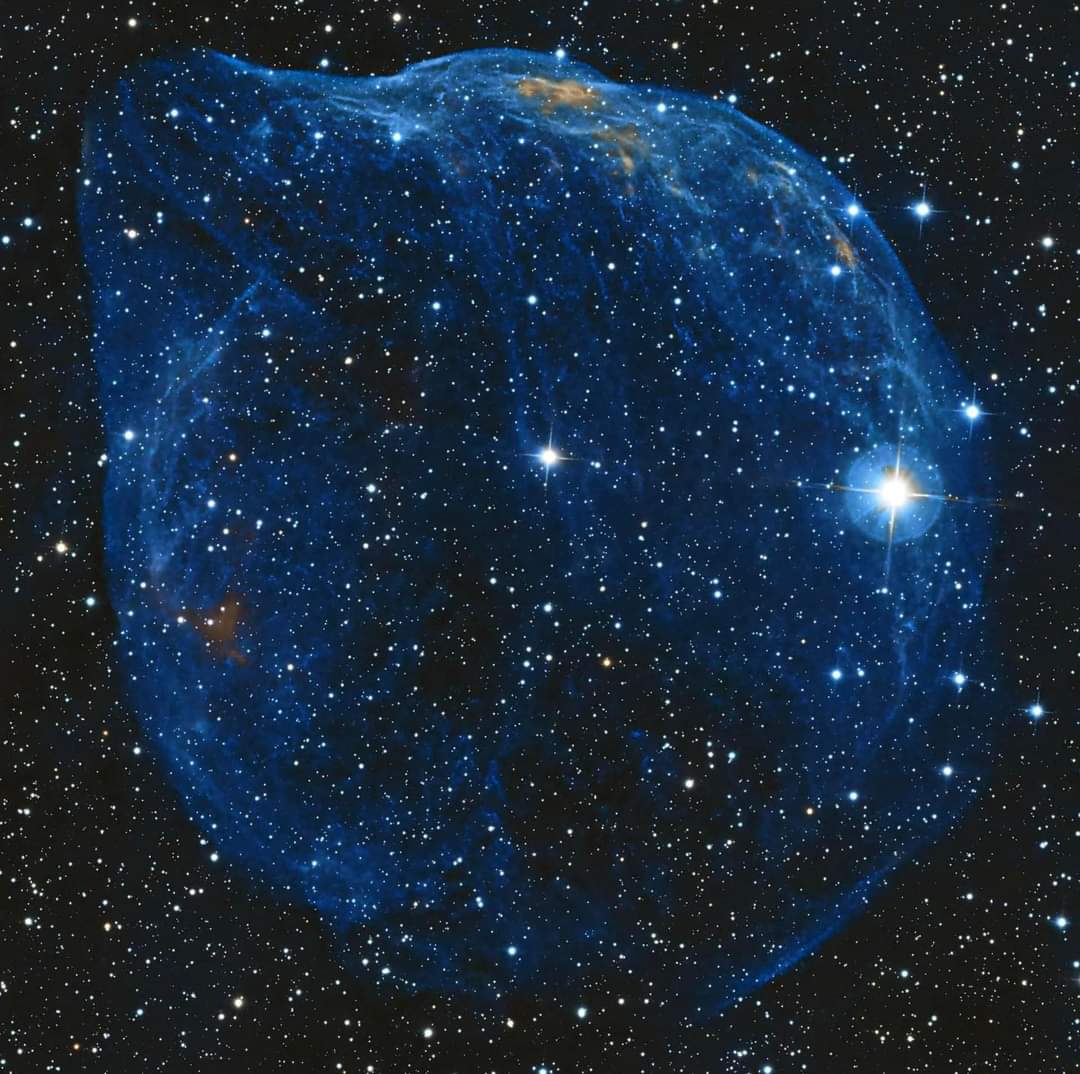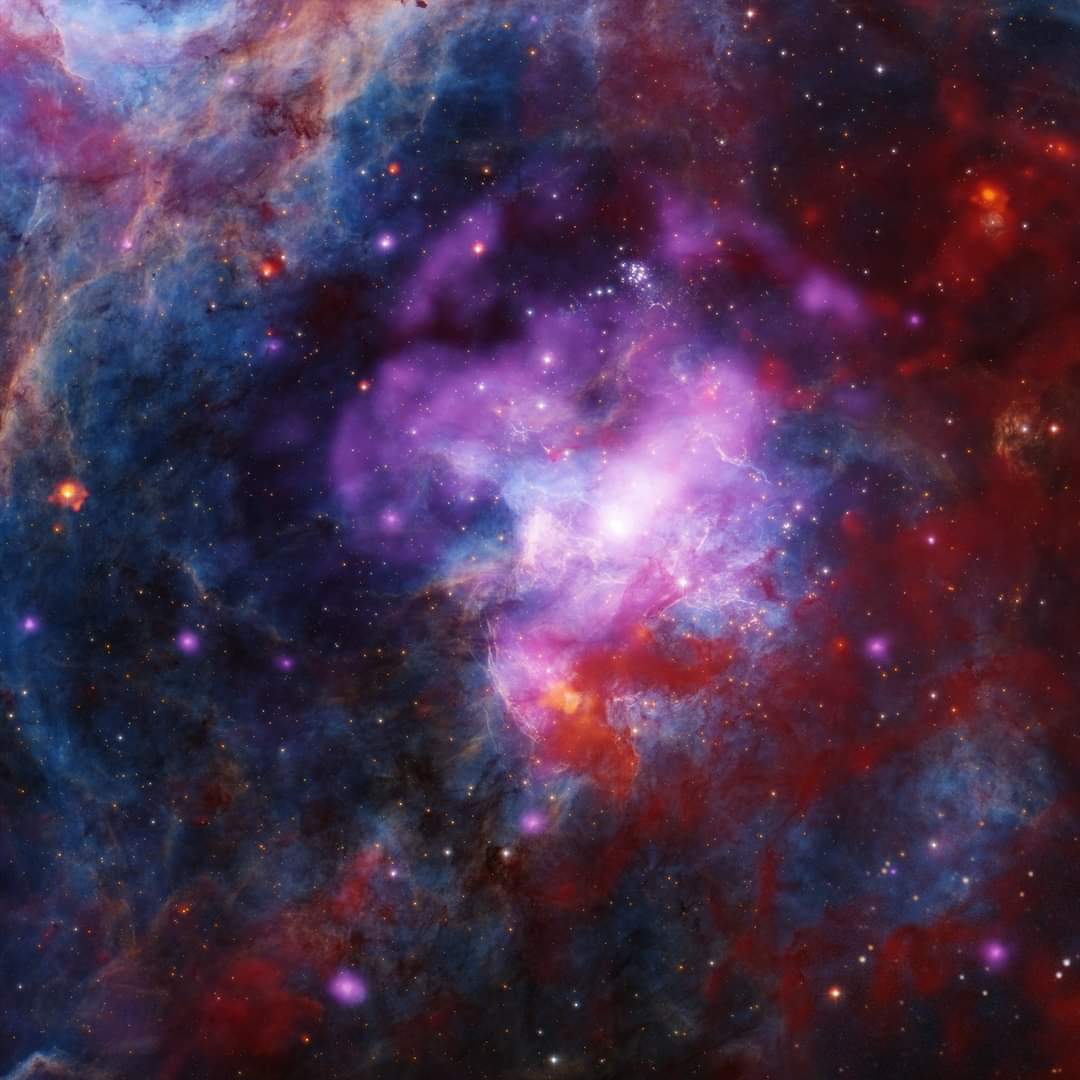
Space Insight
@comm_ispace
Exploring SPACE for you! |
Open Source Community for Astronomy, Space Science R&D, & it's related aspects.
Get featured - DM or #SpaceInsight
ID:1111111922525433857
28-03-2019 03:45:00
112 Tweets
1,7K Followers
2,0K Following



First image of the year. The Dolphin Head Nebula (SH2-308), captured from the Cederberg Mountains over four nights. Telescope - Redcat 51, Camera - ASI2600MM, Mount - AM5, filters - Optolong 3nm Ha & OIII. 20 hours integration time @zwoasi Optolong Astronomy Filter #astrophotography

















